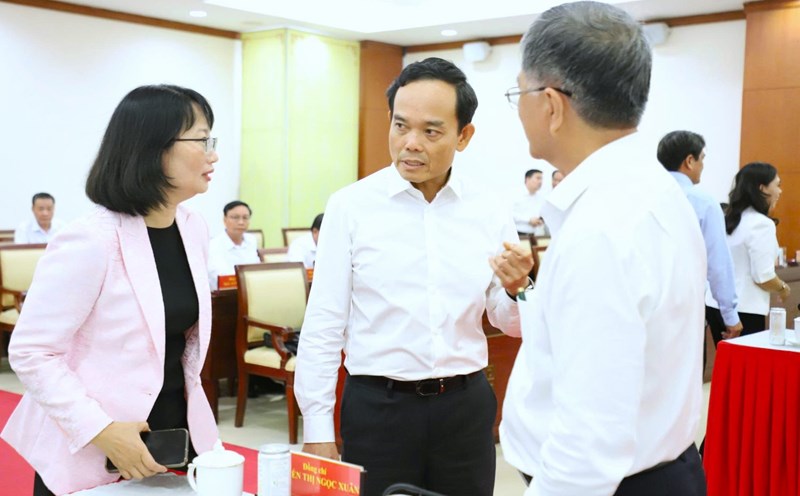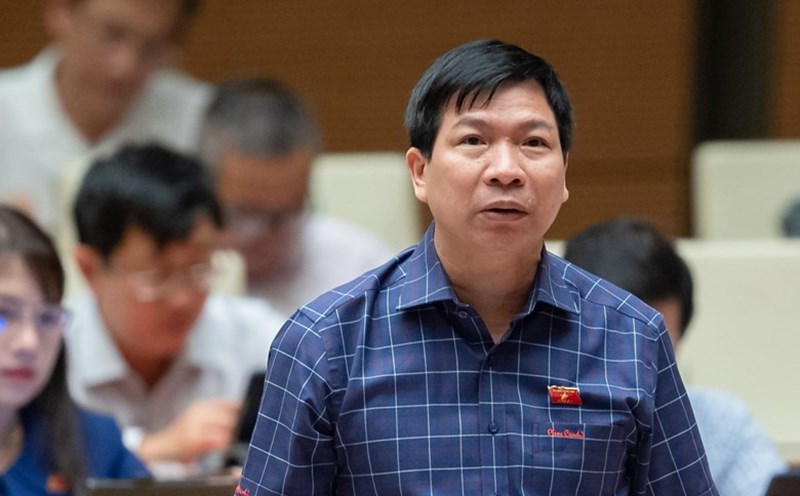In the context of increasingly deep international integration, linking tourism development between Ho Chi Minh City and localities is considered an inevitable direction. This is to promote the strengths of each region and form typical, unique, competitive tourism products in the market.
Ms. Nguyen Thi Thanh Thao, Head of Tourism Resources Planning Department of Ho Chi Minh City Department of Tourism, said that since 2020, Ho Chi Minh City has proactively signed a cooperation agreement on tourism development with 6 key regions across the country.
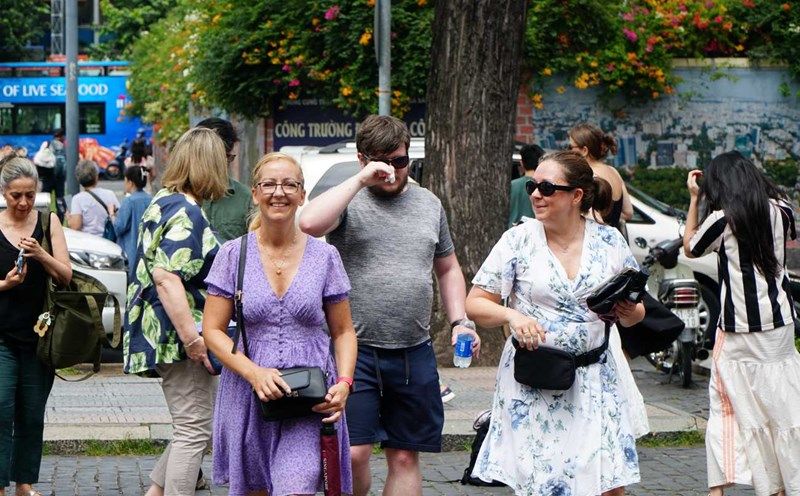
After nearly 5 years of implementation, the joint programs have achieved many specific results in many fields. In practice, proactive linkage has become an important driving force, contributing to improving the competitiveness of each locality. At the same time, enhancing the position of Vietnamese tourism in the international arena.
Notably, many linkage tourism products have been formed and brought practical results, contributing to increasing the number of visitors and revenue.
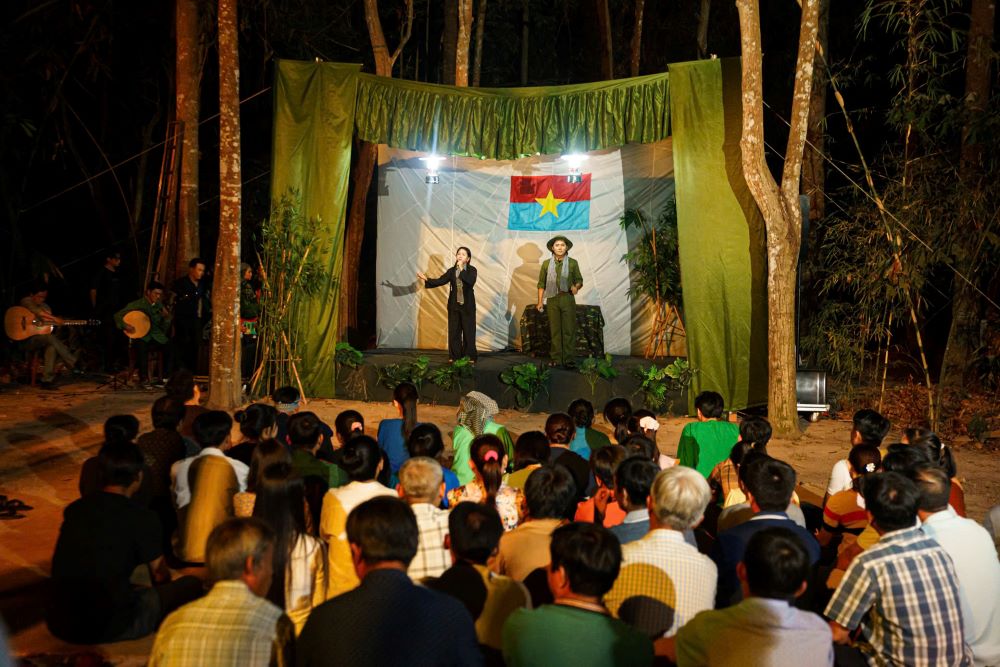
For example, in 2025, Ho Chi Minh City will coordinate with the Southeast provinces to build a Ho Chi Minh City (Cu Chi) - Tay Ninh night tour associated with revolutionary relics, trekking Tay Ninh, and exploring Nam Cat Tien forest. In addition, the city and provinces also promote the development of waterway tourism with 19 operating routes and 22 survey routes.
At the same time, build and complete destination data to integrate into the 3D/360 Map, introducing 5 typical destinations of each locality in 5 languages.
However, the linkage activities still show limitations when attracting investment is still scattered, lacking focus, lacking breakthrough projects. The regional tourism brand is not strong enough to make its own mark in the domestic and international markets.
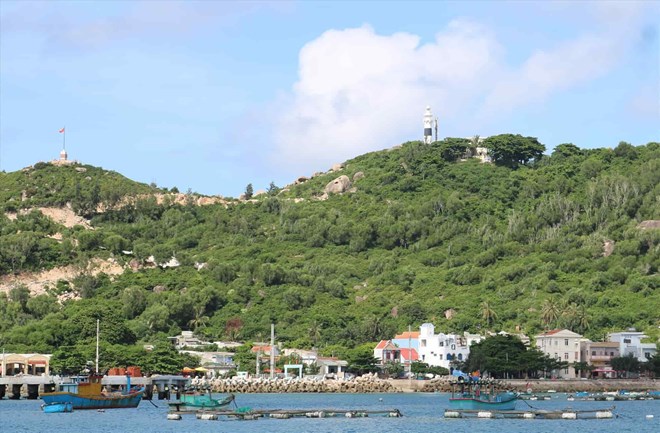
Representing the associated locality, Ms. Nguyen Thi Kim Chung - Deputy Director of the Department of Culture, Sports and Tourism of Gia Lai said that Gia Lai needs to build a new tourism brand. At the same time, exploiting the common development space after the merger to create intersection, complement each other, and form new motivation for regional tourism.
As a major economic - tourism center of the country, Ho Chi Minh City is expected to become an important bridge, helping localities reach the international market through large-scale events such as the Ho Chi Minh City International Tourism Fair (ITE HCMC).
Orienting the period of 2026 - 2030, the Ho Chi Minh City Department of Tourism identifies regional linkages as the focus to optimize advantages, connect resources and enhance tourist experiences. The city aims to form a "national tourism ecosystem" with a seamless multi-regional experience, in which each locality creates its own "impression" and " memorable experience".




